Emergency Preparedness Gift Guide For Kids
When it comes to a disaster, kids need to be prepared too. Coming face to face with danger means that everyone in the household needs to be prepared. This Emergency Preparedness Gift Guide for kids is going to help any kid be prepared in an emergency.
Did you miss the one I wrote on an Emergency Preparedness Gift Guide, it may help all the members of your family be prepared.
1. Headlamps
In case of an emergency, headlamps are one of the best things you can have on hand. Light is your best friend, whenever everything else has gone dark.
It’s critical we teach our children with family members how to use headlamps before they must use them. We don’t need to scare the little ones, we just need to teach them one more skill they can perform for themselves.
2. Lantern
Again, without light, it’s going to be hard to get around in the dark. Make sure you grab a lantern for the kid(s) in your life. The nice thing about a lantern is that it will typically light up a room.
One room is critical to help our children feel safe when the lights are out for days or weeks. We also need to show our kids where the replacement batteries are and how to replace them safely.
3. Solar Lantern
Need even more light? A solar lantern is perfect for helping anyone prepare for an emergency. The wonderful thing about solar is the fact we can teach our children what solar is by showing them how to charge the lantern with the sun shining. It’s all about teaching skills, literally.
4. Water Filter
In any case, water is something you need to survive in an emergency. A water filter is a must, even for a kid! It’s a simple skill we can teach our children.
They must know a way to filter water in case of an emergency. Teach them the basics about cleaning our drinking water properly before they must do it after a disaster.
5. First Aid Kit
Kids always seem to be the first ones to be hurt. Get them their very own first aid kit to have on hand when an emergency strikes. It would be a wonderful skill to take apart a first aid kit and show them what each of the items can be used for if we are not around to help them.
Teach them to clean a wound ever so carefully, dress the wound properly, and apply a bandage. It sounds so simple, but it is a critical skill they must know.
6. Walkie Talkies
In order to keep in touch with those who are important, you need a good set of Walkie Talkies. It may be wise to teach the young ones now how to use real walkie talkies by setting channels to communicate with those people with whom you trust.
If you buy the correct ones you can actually talk to others even though there may be obstacles in the way if the channels are set up properly ahead of time. You will need to have trial runs by practicing several times using these.
7. All-Purpose Utility Knife
I love the idea of everyone in the family having an all-purpose utility knife. You never know when you’ll need one. Of course, having a utility knife could only be given to those children who are old enough to be responsible for using them.
Every child should know how to correctly use an all-purpose utility knife, store it, and take care of it.
8. Freeze-Dried Snacks
I’m sure your kids get as hungry as mine did when they were little. Freeze-dried snacks are an excellent thing to have on hand for kids in case of an emergency. It’s a form of food storage in their 72-hour kits.
It’s important for the kids to know they have their own snacks in their 72-hour kit. We must teach them how to rotate the snacks once or twice a year. You can inspect the backpack for expiration dates and teach them why we must rotate the food.
9. Emergency Mylar Blanket
During an emergency, staying warm is so important. An Emergency Mylar Blanket is just what any kid would need to stay warm.
We all know what it feels like when the weather turns cold quickly. It would be important to teach our children how to open these packages of mylar blankets and learn how to wrap up in them to stay warm.
10. Emergency Whistle
A whistle is an excellent way to alert those around you. If there is an emergency a whistle is a great way to communicate. Whistles are easy to use for kids!
Most kids love whistles, and these would be a great tool to teach them how to use them in an emergency.
11. Games For After A Disaster
At some point, the little ones in your life are going to get bored. Having games for after a disaster is not a bad idea.
Let’s be honest here, if the power is out, the kids and adults will become bored. Depression or fear may set in. If the kids have a stash of games that they do not play all the time they will be drawn to the games. Plus, it will help the mood of others around them.
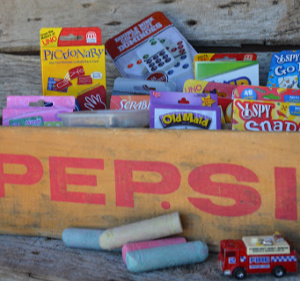
12. Prepping Books For Kids
Bear Grylls Adventure Series is an excellent prepping book for kids. Hey, kids love to learn too!
These books are an excellent way to help children learn adventures and skills in a good way.
13. 72-Hour Backpack
While most emergencies last longer than 72 hours, you need to be prepared in all circumstances. Having a 72-hour backpack for the kiddos in your life is not a bad idea.
It’s important that the children understand why they have a 72-hour kit. We don’t need to scare them, but we want them to understand how to use this backpack when they must use it. They can fill it themselves and decide what they want in it as well.
14. Reusable Water Bottle
You don’t want to have your kids carrying around a bunch of bottles of water. Grab them a reusable water bottle to have on hand.
If you’re like me it’s very hard to see empty plastic bottles on the beach, the sidewalks, and streets. We must teach our children that using reusable bottles is not only better for the environment, but it’s also better on the pocketbook as well.
You may put out a few extra bucks in the beginning, but in the long run you’ll save money. Please teach them why they must wash them with hot soapy water and dry them before refilling them.
15. Hand-Crank Flashlight
In an emergency, a hand-crank flashlight could literally be the best thing you have in an emergency kit. It’s critical that our children learn how to hand-crank a flashlight.
We all know how to turn on a flashlight if the batteries are working. But if they have a flashlight that runs on batteries and it doesn’t work, they now have another option.
16. Personal Flashlight For The Car
Have you gotten the hint that light is important in an emergency? A personal flashlight for the car is a good idea!
You can never have too many flashlights, right? It would be important they have their own flashlight in the car.
17. Compass
When an emergency strikes, a compass will help you know where you’re going. This makes a great emergency preparedness gift for a kid.
Of course, you’ll want to teach your kids how to use it.
18. Solar NOAA Radio/Cell Charger
Another important item to have on hand is a cell charger that is solar-powered with an NOAA radio.
Why not teach the kids what NOAA stands for ( National Oceanic and Atmospheric Administration) and why they need it.
19. Hand Warmers
You have to stay warm and that’s where these hand warmers come in. Make sure you grab some for the kiddo in your life.
These hand warmers are one more way to teach our kids how to safely stay warm using them.
20. Datrex Water Packets
You can’t go wrong with having a few Datrex Water Packets on hand. Water is essential to survival.
Here is a moment we can take to teach our children we need water to live, literally.
Final Word
Now that you know what to buy for a kid in case there is an emergency, you can start stocking up. This emergency preparedness gift guide for kids will help you get through this holiday season. May God bless this world, Linda.

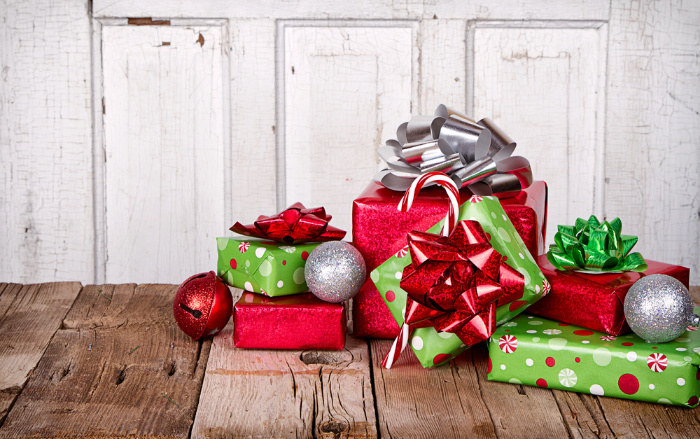

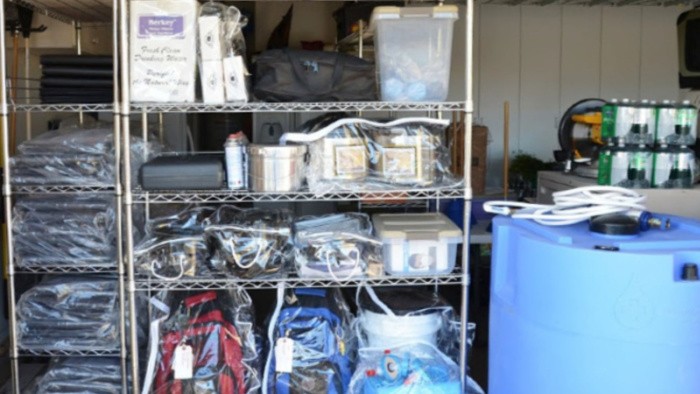
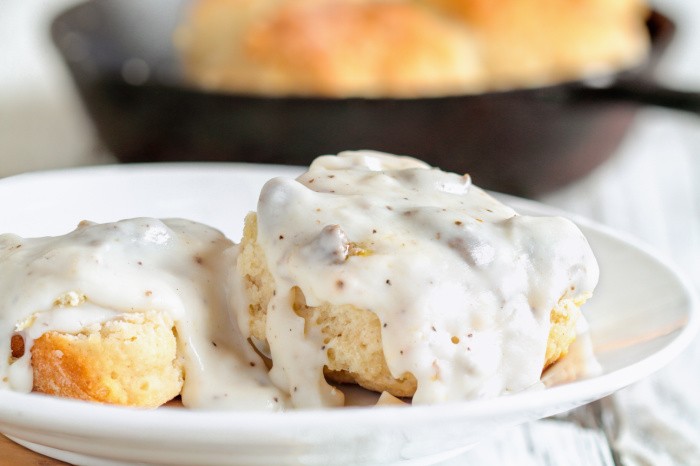
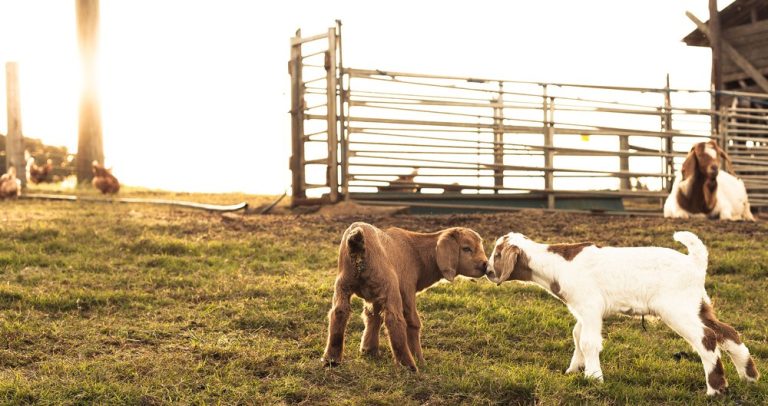

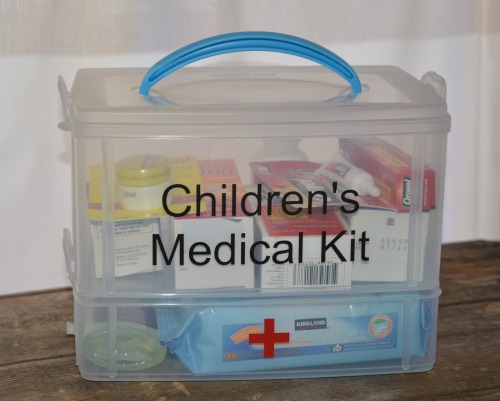
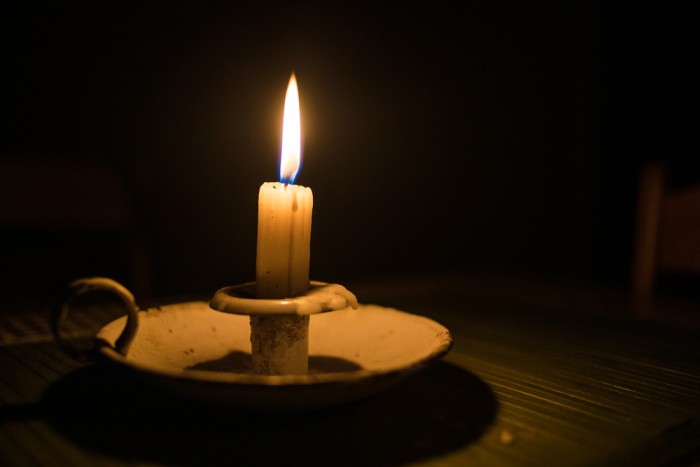













I loved all of these ideas! This article also reminded me I need to put together a new ‘winter’ car kit for my grandson…his last one must have been used but probably for skateboarding/picnics at the dam swimming hole. Lol, did see opened bandages, water bottle empty, handwarmers cracked, etc in his station wagon when I gave it to my neighbor. I retrieved the back pack. I do know he used the winter stuff when he went into ditch, had to walk home 2 miles in below zero temps. And, while he used the stuff, will he make another pack? Giggles, nope!
Hi Wendy, oh how I love this comment! You are an amazing grandma, I LOVE it!! He was very thankful you had that packed for him! Linda
Hello Linda, I just lost my comments, due to computer related issues. In a nutshell, I laid out my thoughts on teaching kids and adults on how to learn to safely and effectively use knives, be they fixed blades, folders, multi-tools, kitchen cutlery, utility or survival oriented knives.
I gained most of my knife handling skills prepping food; peeling fruits and veggies, cutting, slicing, dicing, and trimming fat from meat. Also cutting cheese, spreading soft foods and anything else one does in the kitchen. Working on a flat board is the safest way to start and to work slowly enough not to lose track or focus.
I have used fixed blades and utility knives to cut rope, boxes and such and sometimes to trim plants or trees and to do projects where I “drilled” holes or trimmed plastic and even removed a sticker or decal which like carving wood are often freehand tasks. And I have handled paring knives, chef’s knives, and other fixed blades and many times I use a folding knife. Actually, I use a folding knife everyday and ALWAYS carry one if not two.
For kids, I think it’s wise to start them off with easy to cut items (celery, Roma tomatoes, cheese, lettuce, etc.,) on a flat surface and then they can progress to peeling fruit in their hands or cutting rope or even trimming plants and trees. They can start with shorter knives and then proceed to longer ones like a chef’s knife and get into some serious food processing (Green peppers, potatoes, watermelons, pineapples, etc.,) and trimming fat from meat. They can learn to butterfly steaks and carve a turkey or ham. The skills become combined as they learn how to keep their empty hand safely out or away from the knife, not to apply too much pressure, but allow the sharpness and weight of the blade to do the work and how to hold, cut and use the shape and design of the blade to cut safely and effectively.
You can begin with a fixed blade and a folder and move onto larger and heavier blades such as bowie style knives and the machete which is an awesome tool for agricultural tasks, brush clearing and if it’s one of the thicker blades it can process wood for your cooking and heating needs.
Axes, hatchets and tomahawks are a little different, same for machetes, but these are tools and skills often essential to survival. And on the subject of multi-tools, I like them and own a few (I cherish my old Leatherman) but those are a multi-purpose item with many uses, but many prefer an actual knife. But in addition to the multi-tool, a pair of hand pruners is a great addition to your kit for trimming anything that bothers you and even to process sticks and twigs for kindling or to feed a small rocket stove.
Hi Frank, oh my gosh, I love this comment! You laid it out so well for my readers. Thank you!! I have to tell you something funny, sort of, I guess. I won’t let my husband use the electric shears that I use for cutting back large bushes, etc. He has used them twice and both times we ended up getting him stitches. I have to laugh because he always cuts through the electric cord as well. I am the knife person in my family as well. Need I say more. Happy Thanksgiving! Linda